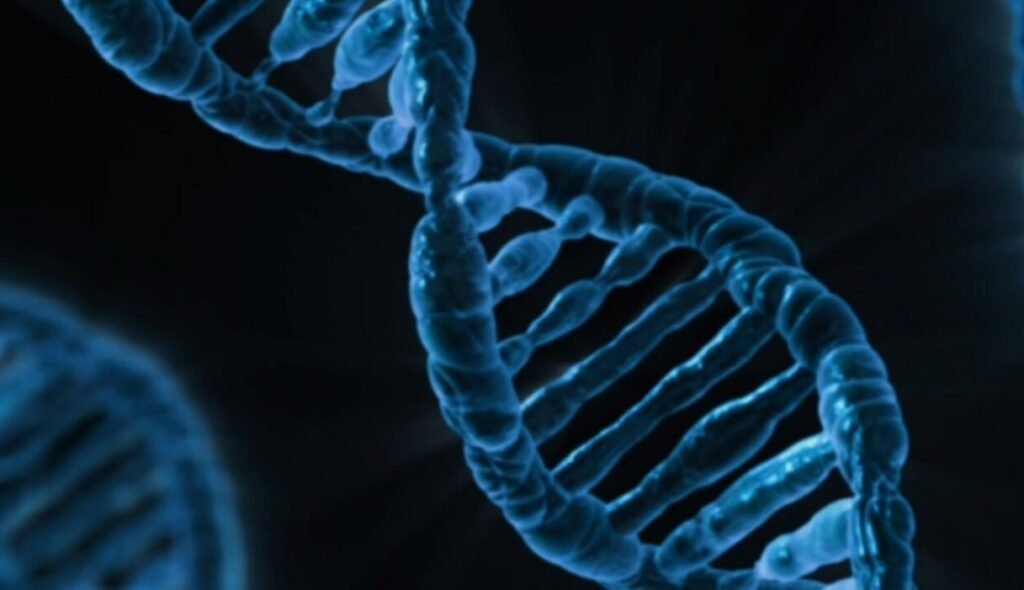A new study has reported the first results of using a gene-editing technique called CRISPR to lower cholesterol levels in people with a genetic condition that causes very high cholesterol and early heart attacks. The study, which was presented at the American Heart Association’s Scientific Sessions 2023, involved 10 participants who received a single infusion of a therapy that targets and inactivates a gene called PCSK9 in the liver. The therapy, called VERVE-101, was developed by Verve Therapeutics, a biotechnology company based in Boston.
How does VERVE-101 work?
VERVE-101 uses a type of CRISPR technology called base editing, which can change a single letter of DNA without cutting the DNA strand. The therapy is delivered by lipid nanoparticles, which are tiny fat particles that can carry the gene-editing components into the liver cells. The therapy aims to turn off the PCSK9 gene, which regulates the amount of LDL cholesterol (the “bad” cholesterol) in the blood. By disabling the PCSK9 gene, the therapy allows more LDL receptors to remain on the surface of the liver cells, which can then remove more LDL cholesterol from the blood.

What were the results of the study?
The study enrolled 10 participants who had heterozygous familial hypercholesterolemia (HeFH), a condition that affects about 3 million adults in the U.S. and Europe. People with HeFH inherit one faulty copy of a gene that affects cholesterol metabolism, leading to very high LDL cholesterol levels and increased risk of heart disease and stroke. The participants had an average LDL cholesterol level of 201 mg/dL, despite taking the maximum tolerated dose of cholesterol-lowering medications.
The participants received one of four doses of VERVE-101, ranging from 0.1 to 0.6 mg/kg. The researchers measured the levels of PCSK9 and LDL cholesterol in the blood at various time points after the infusion. The results showed that the therapy was well tolerated and had no serious adverse events. The therapy also achieved significant and durable reductions in both PCSK9 and LDL cholesterol levels. The highest dose of 0.6 mg/kg resulted in an average reduction of 84% in PCSK9 and 55% in LDL cholesterol at 28 days after the infusion. The lowest dose of 0.1 mg/kg resulted in an average reduction of 20% in PCSK9 and 10% in LDL cholesterol at the same time point. The researchers estimated that the therapy could lower the risk of cardiovascular events by 50% to 80% over a lifetime.
What are the implications and limitations of the study?
The study is the first to demonstrate the feasibility and safety of using base editing to inactivate a gene in the liver of humans. The study also provides proof-of-concept that a single infusion of a gene-editing therapy can have a lasting effect on lowering cholesterol levels and potentially preventing cardiovascular disease. The study is a milestone for the field of gene therapy, which has been advancing rapidly in recent years.
However, the study also has some limitations. The study was small, short-term, and did not have a control group. The long-term safety and efficacy of the therapy are still unknown. The therapy may not work for everyone, as some people may have other genetic or environmental factors that affect their cholesterol levels. The therapy may also have unintended effects on other genes or organs, which need to be monitored carefully. The therapy is also expensive and complex to produce and deliver, which may limit its accessibility and affordability.
The researchers plan to continue to follow the participants for up to two years and to enroll more participants in the next phase of the trial. They also hope to test the therapy in other populations, such as people with high cholesterol who do not have HeFH, or people with homozygous familial hypercholesterolemia (HoFH), a more severe form of the condition that affects about one in a million people. The ultimate goal is to develop a one-time treatment that can prevent or reverse heart disease for millions of people.
